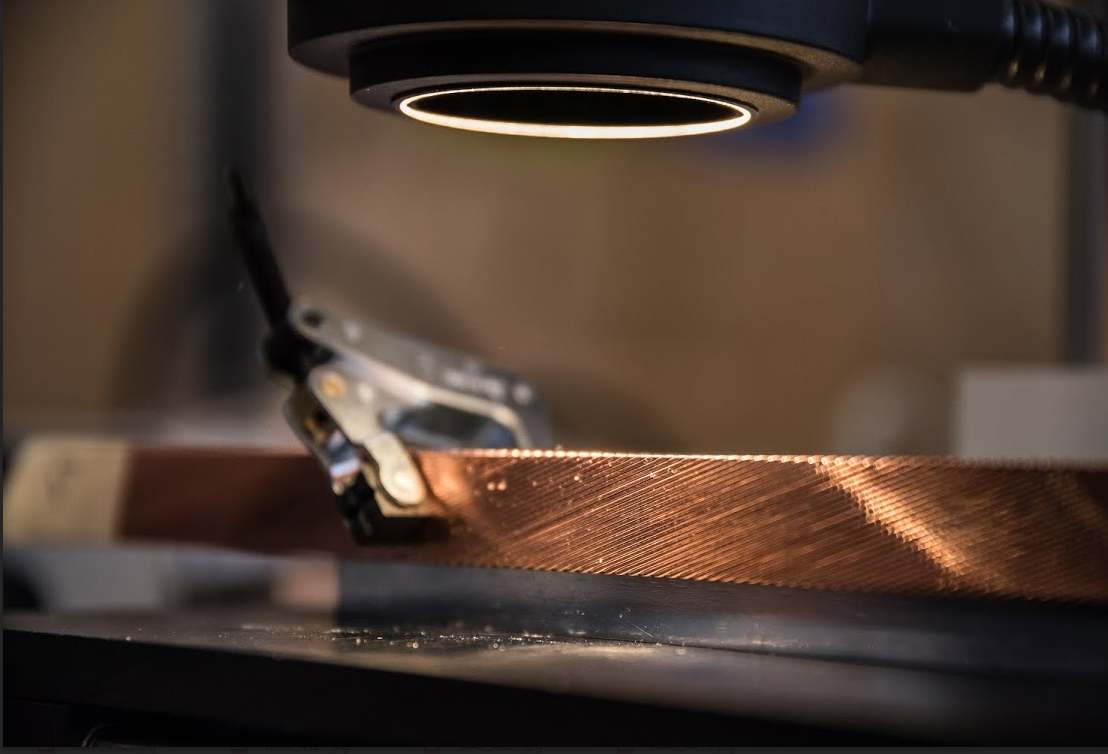Skip to main content
The FCC-study is driving research on advanced superconducting materials, wires and cables that would enable the next generation of particle colliders to be built. Over the past thirty years, the exploration of the infinitely small has gone hand-in-hand with advances in superconducting magnets. The increasingly powerful hadron colliders, from the Tevatron, commissioned in 1983, to the LHC in 2008, have led to spectacular discoveries thanks to the use of superconducting magnets on an unprecedented scale.
Accelerator experiments, pioneering the use of superconducting magnets, have also benefited from superconductivity as well as stimulating developments. The material that has been used so far is a niobium-titanium composite material, whose performance limits have been reached with the LHC. Increasing the luminosity or energy of colliders requires higher magnetic fields and, therefore, new superconductors along with industrial-scale production of this material.

The FCC study had launched a worldwide programme to develop Niobium-Tin (Nb3Sn) with improved characteristics. Research and development efforts are also progressing on high-temperature superconductors suitable for use in high-field accelerator magnets. Both materials are currently viewed as viable and sustainable options for the large-scale production of high-field magnets within the FCC framework. Significant effort must be invested in their development, involving industrial partners at an early stage.
Continuous R&D in superconductivity could open a window to a new class of materials that can offer solutions to fundamental challenges of society in the 21st century, leading to affordable products, produced at industrial-scale and giving a push to high-tech industry. Applications beyond research include high-performance “smart" electricity grids incorporating zero loss power transmission lines covering thousands of kilometres, compact high-precision medical imaging (MRI, NMR. etc.), high-bandwidth wireless communications, efficient and clean electricity generation, sustainable ship propulsion and energy-efficient passenger aircraft propulsion systems.
These activities were also supported by the EASITrain project, an EU-funded Marie Skłodowska-Curie (MSCA) training network (ITN), providing training for the next-generation of experts and forming a robust network of academic and industrial partners to advance superconducting technologies and their applications.

